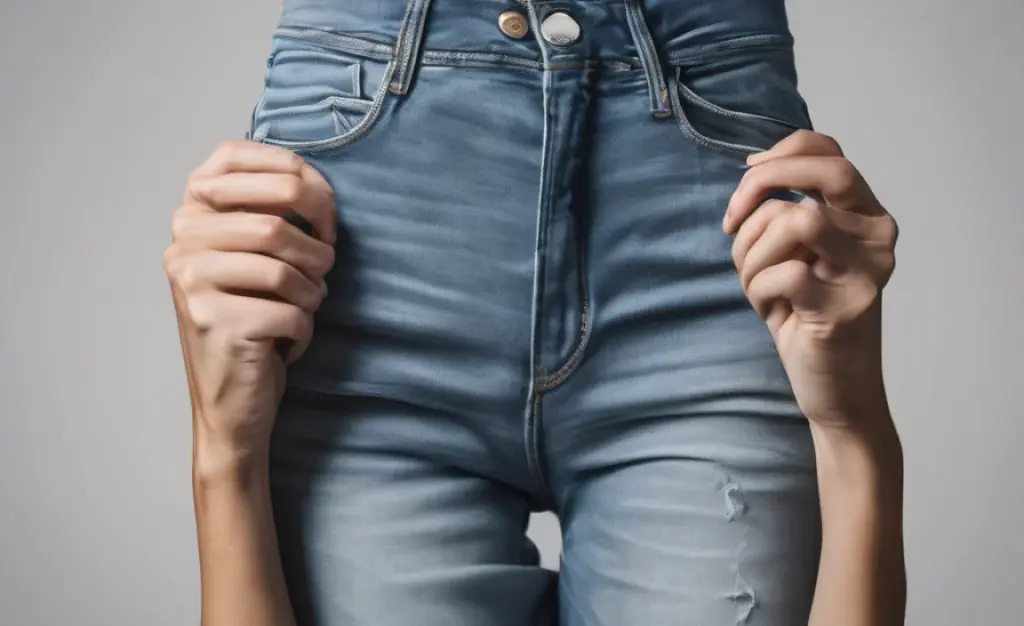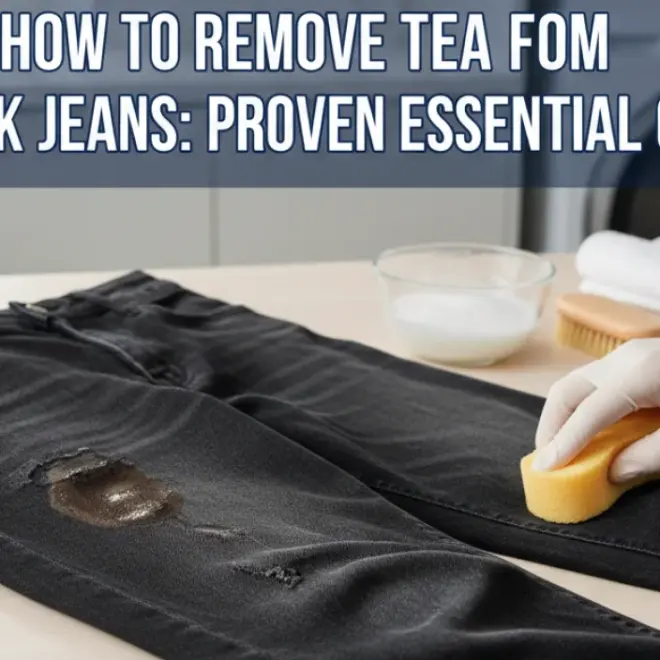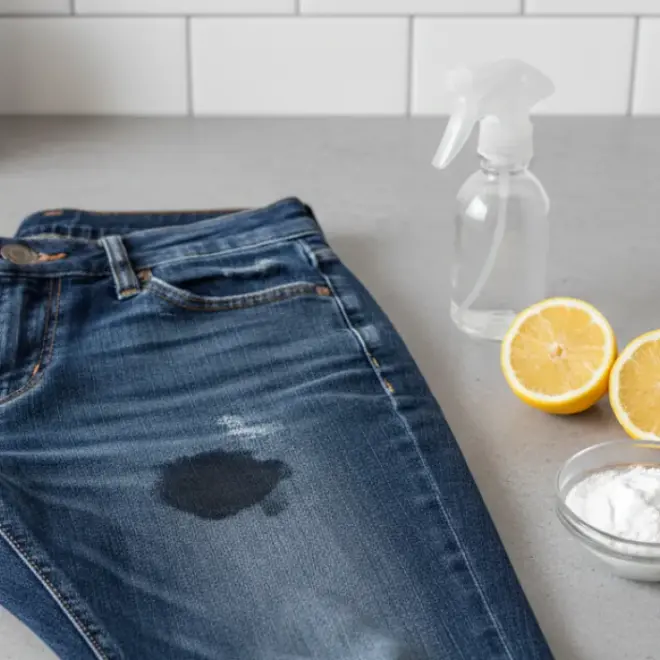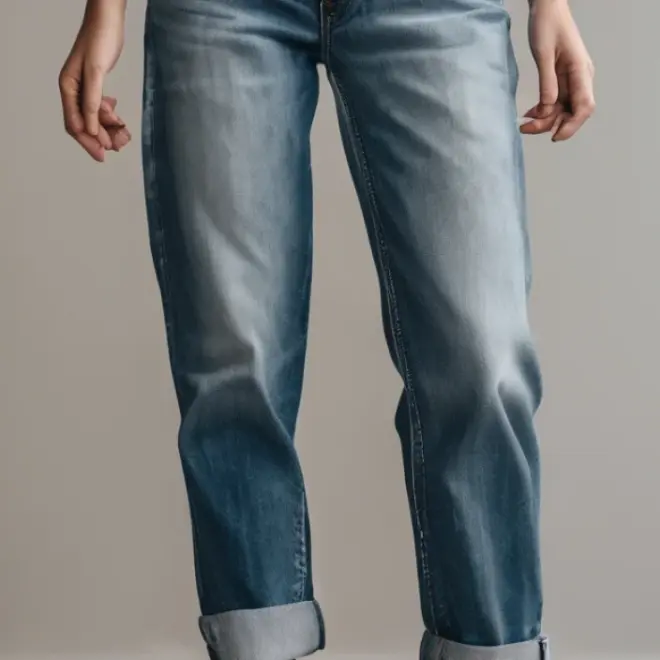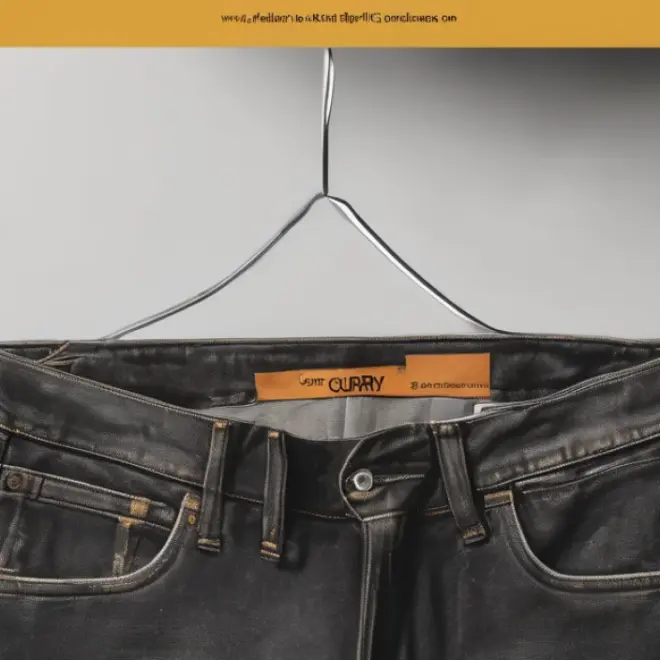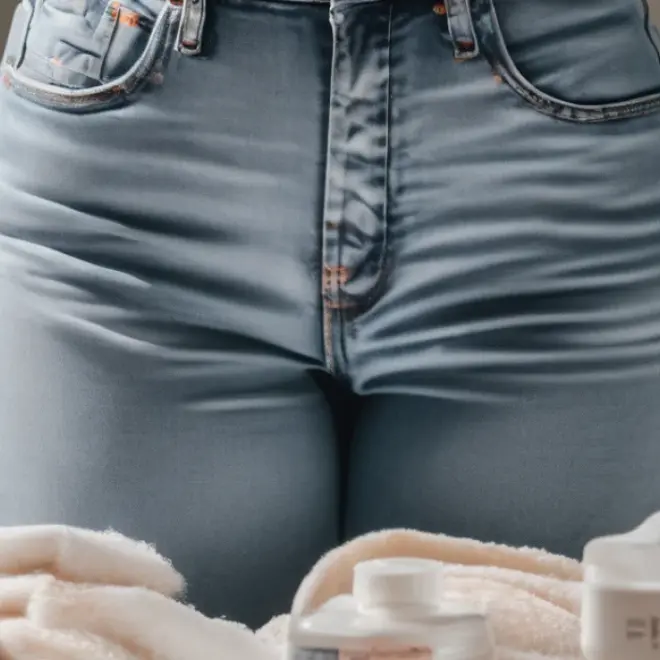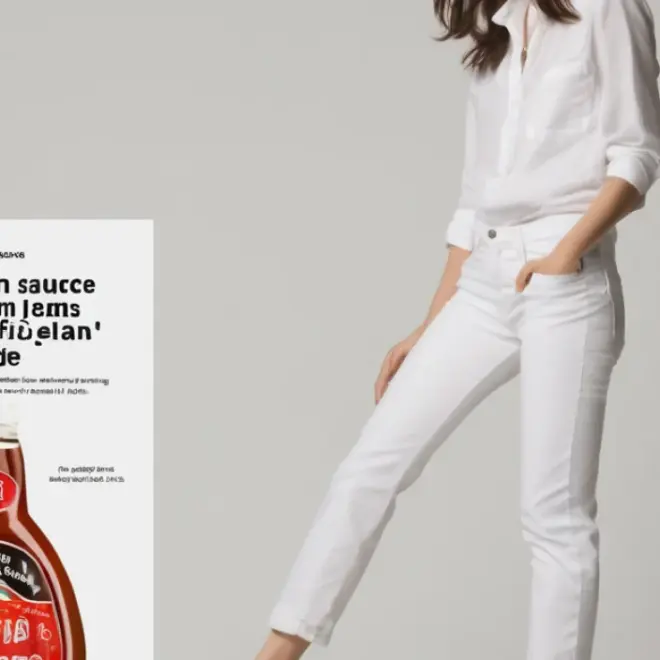Grease stains on light wash jeans? Act fast and use dish soap, baking soda, or a specialized stain remover. With gentle blotting and proper washing, you can effectively lift grease without damaging the fabric or color. This guide shows you how!
How to Remove Grease from Light Wash Jeans: Your Essential Guide
Oh, the dreaded grease stain on your favorite light wash jeans. It happens to the best of us – a splash from the kitchen, a bit of oil from an outdoor adventure, or even a careless moment with a greasy snack. Because light wash denim shows everything, these stains can feel like a fashion emergency. But don’t worry! Removing grease from light wash jeans is absolutely achievable, and it doesn’t require a trip to the dry cleaner. With a few common household items and a bit of know-how, you can restore your jeans to their former glory. This guide will walk you through simple, effective methods step-by-step, ensuring you can confidently tackle those greasy mishaps.
Understanding Grease Stains on Denim
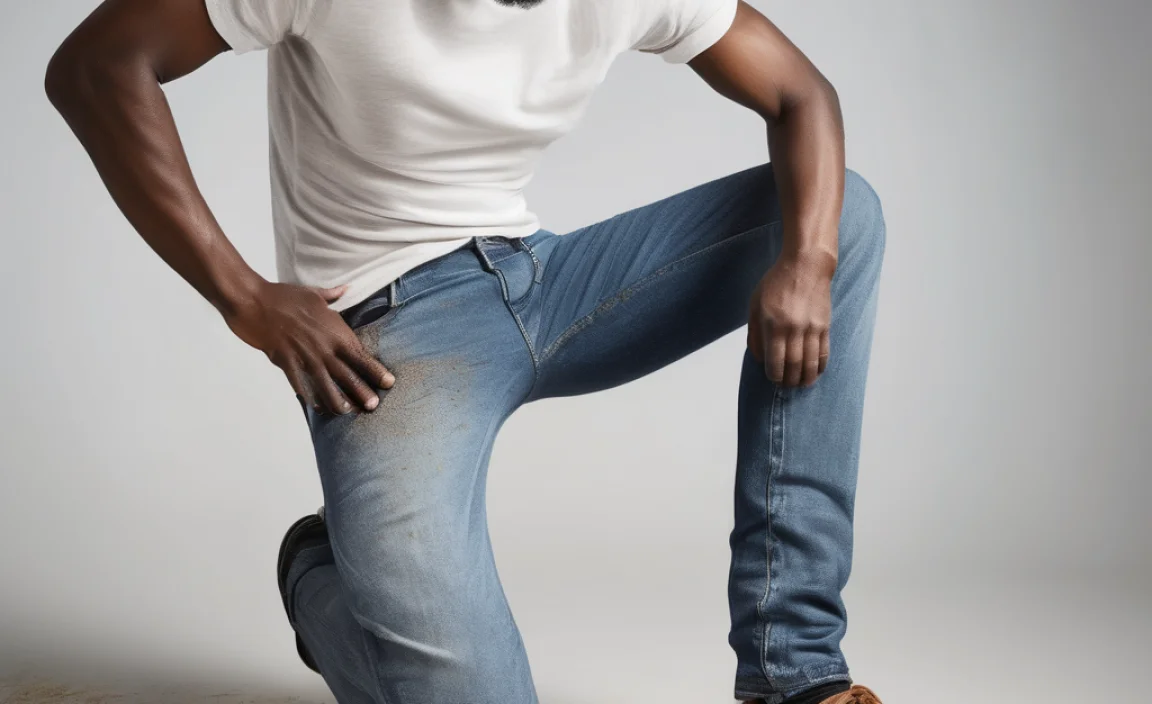
Grease stains, also known as oil stains, are hydrophobic, meaning they repel water. This is why simply tossing stained jeans into the washing machine often isn’t enough. The water can’t effectively break down and lift the oil molecules from the fabric fibers. Light wash denim, while stylish, presents a particular challenge because the light color makes any stain more visible and can be more susceptible to discoloration if harsh chemicals are used improperly. The key is to use a cleaning agent that attracts and breaks down the oil before washing.
Essential Tools and Supplies
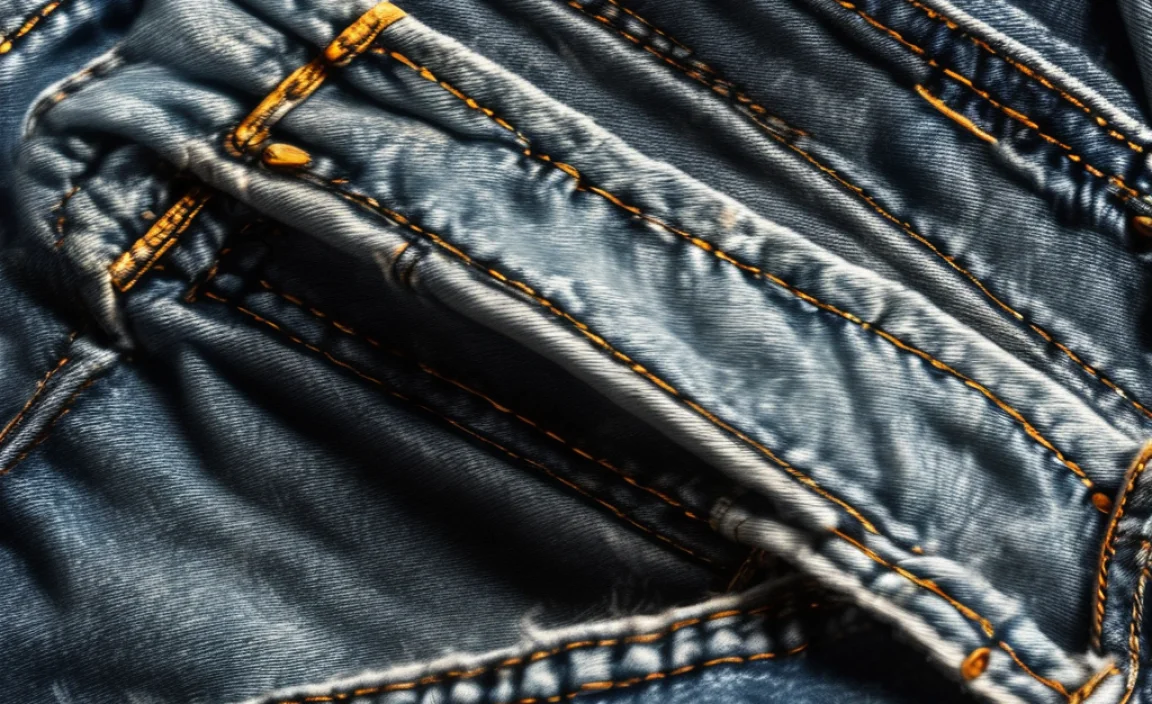
Before you begin, gather what you’ll need. Having everything ready makes the stain removal process smoother and more effective.
- Dish Soap: A degreasing dish soap (like Dawn) is your best friend here. It’s specifically formulated to cut through grease.
- Absorbent Powder: This could be baking soda, cornstarch, or talcum powder. These help to draw out excess oil.
- Soft Cloths or Paper Towels: For blotting and applying solutions. Avoid anything abrasive that could damage the denim.
- A Soft Brush: An old toothbrush works perfectly for gently working cleaning solutions into the stain.
- Cold Water: Always use cold water for initial rinsing and when washing, as hot water can set grease stains.
- Laundry Detergent: Your regular detergent for the wash cycle.
Method 1: The Dish Soap and Absorbing Powder Powerhouse
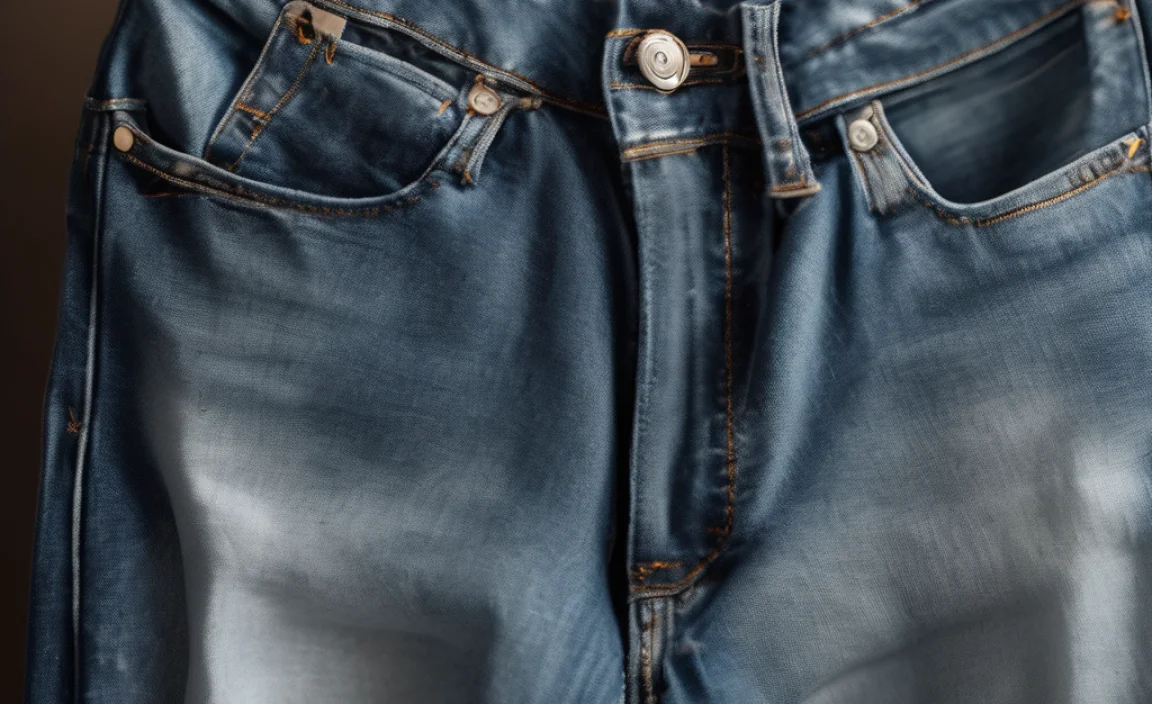
This is often the most effective and readily available method for tackling fresh or set-in grease stains. Dish soap is a surfactant, meaning it helps to lift and emulsify grease so it can be washed away.
Step-by-Step Guide
- Act Quickly: The sooner you treat the stain, the easier it will be to remove.
- Blot Excess Oil: If the stain is very fresh and there’s still liquid grease, gently blot (don’t rub!) the area with a clean cloth or paper towel to absorb as much as possible.
- Apply an Absorbent Powder: Generously cover the entire grease stain with baking soda, cornstarch, or talcum powder. Let it sit for at least 30 minutes to an hour (or even overnight for tougher stains). The powder will absorb some of the oil.
- Brush Away Powder: Gently brush off the powder with a soft brush or cloth. You might see that the powder has clumped up, which is a good sign it’s doing its job.
- Apply Dish Soap: Apply a few drops of liquid dish soap directly onto the stain. Gently work it into the fabric using your fingers or the soft brush. Ensure the soap covers the entire stained area.
- Let it Sit: Allow the dish soap to sit on the stain for about 10–15 minutes.
- Rinse with Cold Water: Rinse the treated area thoroughly with cold water. You should be able to see if the stain is lifting.
- Launder as Usual: Wash the jeans in cold water on a regular cycle with your usual laundry detergent.
- Air Dry: Crucially, do NOT put the jeans in the dryer. The heat from the dryer can permanently set any remaining grease stain. Air dry the jeans and check the stained area.
- Repeat if Necessary: If the stain is still visible after air drying, repeat the process from step 3. You might need to try this a couple of times for stubborn or old stains.
Method 2: Harnessing the Power of Baking Soda Paste
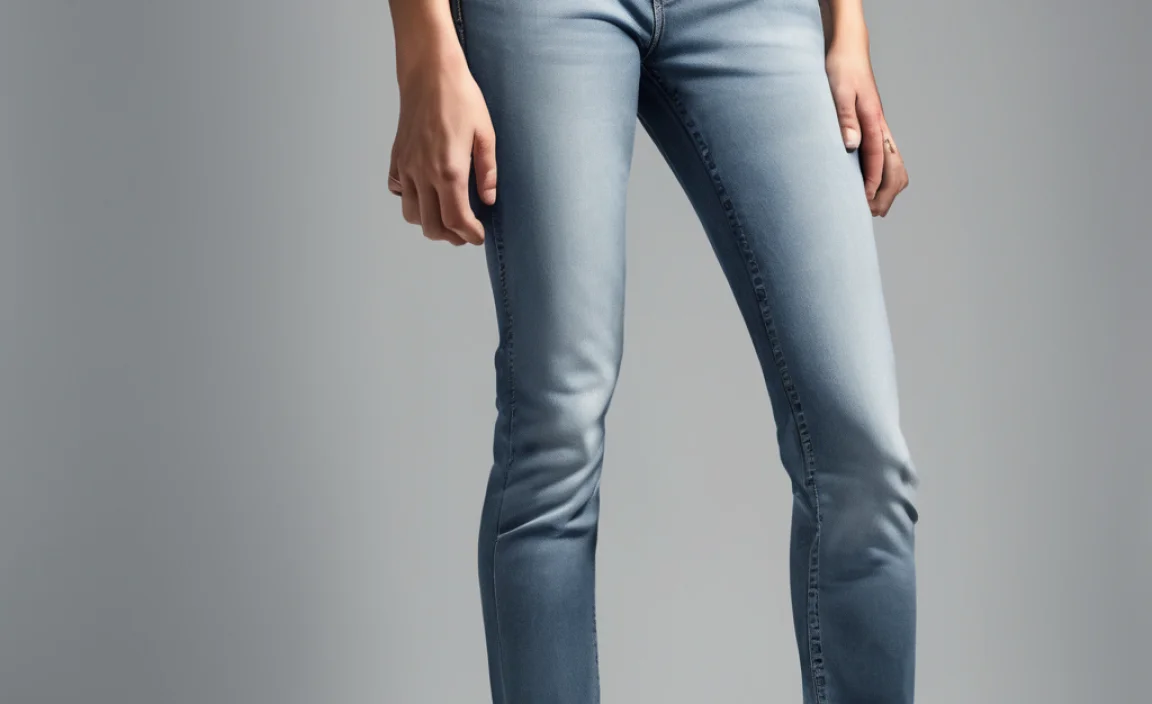
For slightly more stubborn stains, a paste made from baking soda and water can provide an extra boost. Baking soda is a mild alkali that can help to break down oil and lift stains from fabric.
Creating and Applying the Paste
- Mix the Paste: In a small bowl, mix baking soda with a little bit of water to create a thick paste, similar to toothpaste consistency.
- Apply to Stain: Apply the paste generously to the grease stain, ensuring it’s fully covered.
- Gently Work It In: Use your fingers or a soft brush to gently rub the paste into the stained fibers.
- Let it Dry: Allow the paste to dry completely on the stain. This can take a few hours. As it dries, it helps to lift the grease out of the denim.
- Brush Off: Once dry, brush off the hardened paste.
- Proceed to Washing: You can then either rinse the area with cold water and proceed to a machine wash, or apply a little dish soap directly to the remaining residue before washing.
- Wash and Air Dry: Wash the jeans in cold water with your regular detergent and air dry. Check for any remaining stain before drying in a machine.
Method 3: Using Commercial Stain Removers
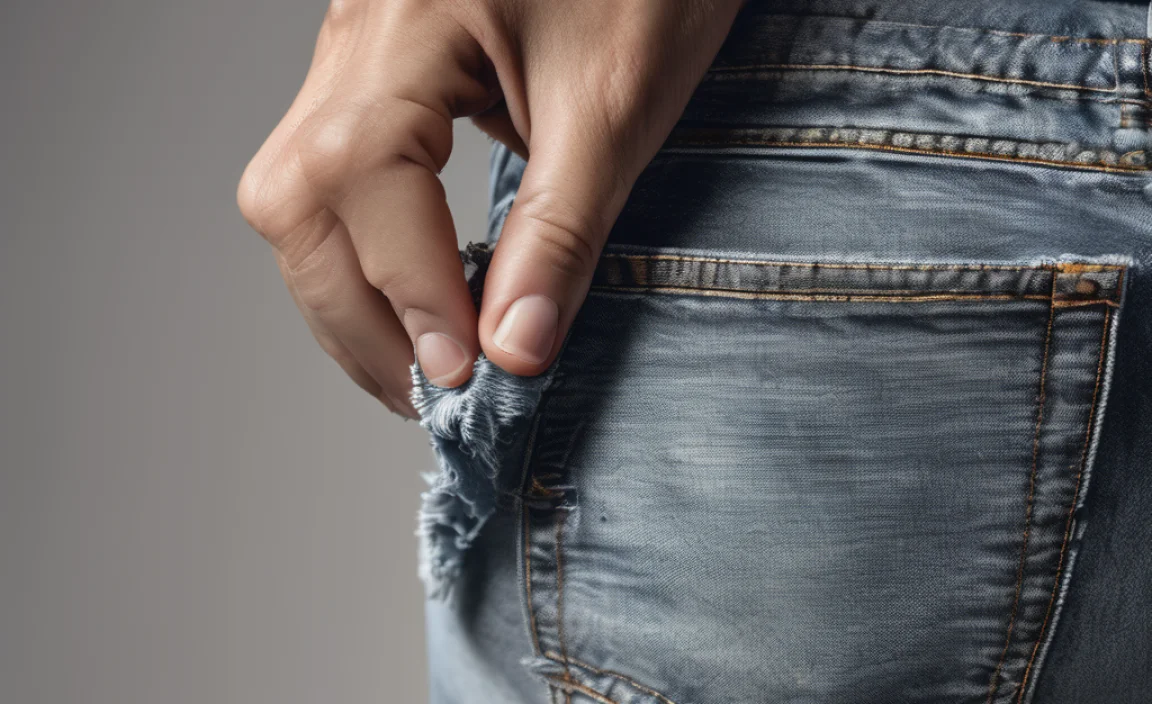
If household remedies aren’t cutting it, or you want a targeted solution, commercial stain removers designed for grease or oil can be very effective. Look for enzyme-based cleaners, as enzymes are excellent at breaking down organic matter like grease and oil.
Choosing and Using a Stain Remover
- Select the Right Product: Choose a stain remover that specifies it’s effective against grease and oil. Read reviews to find one that’s gentle enough for denim. Many eco-friendly brands also offer effective solutions. For instance, products from brands like Puracy or Biokleen are often well-regarded for natural stain removal.
- Test in an Inconspicuous Area: Before applying to the main stain, test the remover on an inside seam or hem to ensure it doesn’t cause discoloration or damage to your light wash jeans. Resources on textile care from institutions like the University of Washington highlight the importance of testing cleaning agents.
- Apply According to Instructions: Follow the product’s label directions precisely. This usually involves applying the remover directly to the stain, letting it sit for a specified period, and then washing.
- Wash and Air Dry: As with other methods, wash the jeans in cold water and air dry.
Dealing with Set-In and Old Grease Stains
Grease stains that have been through the wash and dryer are much harder to remove because the heat has locked the oil into the fabric fibers. For these older stains, persistence is key.
Advanced Techniques
- Soaking: For very stubborn stains, you can try soaking the stained area (or the entire pair of jeans) in a mixture of cold water and a bit of dish soap or a stain remover overnight before attempting one of the methods above.
- Multiple Treatments: You may need to repeat the dish soap or commercial stain remover method multiple times. Let the area air dry between treatments to fully assess the stain’s progress.
- Oxygen Bleach (with Caution): For light-colored denim, an oxygen-based bleach (like OxiClean) can sometimes help. Always dilute it properly and test it first. Never use chlorine bleach on denim, as it will likely ruin the color and fabric.
Important Considerations for Light Wash Jeans
Light wash denim is more delicate and prone to showing any adverse effects of cleaning. Always keep these points in mind:
- Avoid Hot Water: As mentioned, hot water can set grease stains. Always use cold water for initial rinsing and washing.
- Gentle Treatment: Avoid harsh scrubbing, which can damage the denim fibers or create faded spots.
- No Dryer Until Stain is Gone: This is the golden rule. Heat is the enemy of a grease stain.
- Color Fastness: Always test any cleaning solution or product on an inconspicuous area first to ensure it doesn’t fade or alter the color of your light wash jeans.
Troubleshooting Common Issues
Here’s how to fix some problems you might encounter:
| Problem | Solution |
|---|---|
| Stain didn’t come out completely after first try. | Repeat the chosen method, especially the dish soap application and soaking steps. Ensure you are letting the cleaning agent work for the full recommended time. |
| Lightened patch where the stain was. | This can happen if a harsh cleaner was used or if there was excessive scrubbing. Sometimes, re-dyeing the specific patch is an option, but for light wash jeans, it’s tricky. It’s best to attempt gentler methods first. |
| Fabric feels stiff after treatment. | Wash again with a little fabric softener in the rinse cycle. Ensure all cleaning product residue is rinsed away. |
Preventing Future Grease Stains
While accidents happen, a little mindfulness can go a long way in keeping your light wash jeans pristine:
- Wear an Apron: Especially when cooking or working with potentially messy materials.
- Be Mindful of the Environment: If you know you’ll be in situations where grease is common (e.g., barbecues, workshops), consider wearing older or darker wash jeans.
- Quick Cleanup: If you do get a small splat, attend to it immediately with a paper towel rather than letting it sit.
Frequently Asked Questions (FAQs)
Can I use toothpaste to remove grease from jeans?
While some mildly abrasive toothpaste formulas might lift superficial grease, they aren’t ideal. The ingredients in toothpaste aren’t designed for fabric cleaning and can leave behind residues or even cause discoloration. Dish soap or a dedicated stain remover is a much safer and more effective choice.
Is it safe to use bleach on light wash jeans?
Never use chlorine bleach on denim, especially light wash. It can cause irreparable yellowing or white patching and weaken the fabric. Oxygen-based bleaches (like OxiClean) can be used cautiously on light-colored fabrics, but always dilute them and test in an inconspicuous area first.
How long should I leave dish soap on a grease stain?
For fresh stains, leave dish soap on for about 10–15 minutes. For older or more stubborn stains, you might let it sit for up to 30 minutes, but monitor it to ensure it doesn’t dry out completely on the fabric.
What if the grease stain is old and has been through the dryer?
Old, heat-set stains are the hardest. You’ll likely need to repeat the dish soap or commercial stain remover treatment multiple times, potentially soaking the area in cold water and detergent overnight before re-treating. Patience is key, and some very old stains might be permanent.
Can I use a scrubbing brush on my jeans?
Use a soft brush, like an old toothbrush, very gently on the stain. Avoid stiff brushes or aggressive scrubbing, which can damage the denim fibers and create faded spots or holes, especially on lighter washes.
Should I put my jeans in a hot wash after treating a grease stain?
Never. Always wash light wash jeans in cold water, even after treating a stain. Hot water can set any remaining grease and can also cause colors to fade more rapidly.
Conclusion
Dealing with grease stains on light wash jeans can seem daunting, but as you’ve seen, it’s a manageable problem. By acting quickly and employing the right techniques – whether it’s the trusty method of dish soap and absorbent powder, a baking soda paste, or a reliable commercial stain remover – you can effectively lift those greasy marks. Remember the gentle approach, the crucial rule of cold water and air drying, and the importance of patience for tougher, older stains. Your favorite pair of light wash jeans are worth the effort, and with these straightforward guides, you’re well-equipped to keep them looking their best for every occasion.


